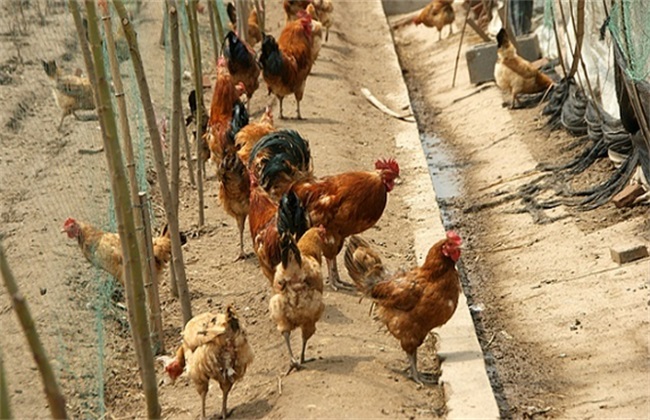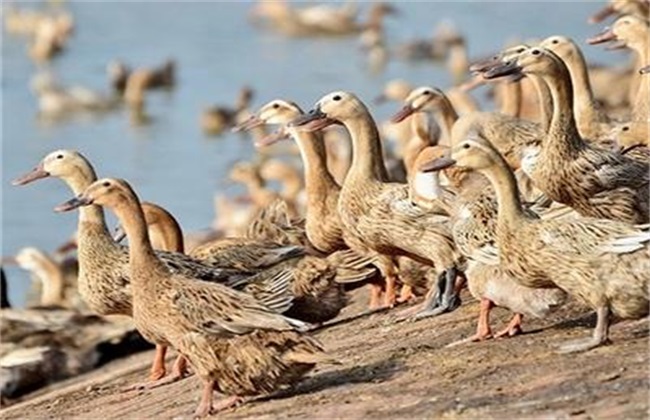Matters needing attention for layers to turn around
Laying hens in the process of breeding with their own growth rate will have a certain degree of adjustment, in order to facilitate management and ensure income, a group management is generally carried out before laying. So what problems should be paid attention to before and after the transition? Let's take a look at it.

1. Switching time
The choice of switching time is very important, the difference between laying hens is not obvious when the time is early, and it is difficult for farmers to group. When the time is late, it takes a long time for laying hens to adapt to the new environment, which will affect the income of laying eggs. The time for layers to adapt to the new environment is about 7-10 days, and then they will slowly live a normal life. The breeding time from chicken seedlings to egg laying is about 150 days, so it generally starts to turn around in 130-140 days. At this time, the difference in the growth of laying hens is also more obvious, and it is easy for farmers to choose to distinguish.
2. Construction of new chicken coop
As the egg laying period is coming immediately after the transition, it is necessary to promote the adaptation of laying hens as soon as possible, which can be started from the new henhouse as a whole. The general layout of the chicken coop is similar and does not need to be changed, mainly in the temperature above, the need to control the temperature at the same level, and the need for more constant temperature control. It is best to disinfect the things in the henhouse first, especially for the material trough and sink, so that the layers do not feel any change, and the adaptation period will come to an end quickly.
3. Reasonable clustering
When changing groups, it is tantamount to re-grouping, so this must be reasonable. Generally speaking, it is basically distinguished according to growth, and those who grow well are divided together and those who grow badly are divided together. In this way, it is convenient to distinguish management, the good ones can slowly feed the feed to increase the egg production, and the poor ones can be fattened for a period of time. Some of those who have or are suffering from the disease need to be separated together to prevent these chickens containing pathogens from infecting other normal laying hens.
4. Manage well
After the transition, we need to grasp the management problems, at this time, laying hens may have stress, because the adaptability of some chickens is very poor. The second is after the conversion of laying hens slowly to feed laying hens, under the dual combination, the probability of problems becomes higher, so more inspection and management. Secondly, in order to ensure the health of laying hens, it is best to supplement various trace elements at this time, so as to avoid the poor quality of eggs.
The above are some matters needing attention when layers turn around. Do not change them easily after turning around. The newly added layers also have certain irritation to the original layers, which may cause the whole flock of laying hens to be unstable, thus not laying eggs at ease and affecting profits.
Related
- On the eggshell is a badge full of pride. British Poultry Egg Market and Consumer observation
- British study: 72% of Britons are willing to buy native eggs raised by insects
- Guidelines for friendly egg production revised the increase of space in chicken sheds can not be forced to change feathers and lay eggs.
- Risk of delay in customs clearance Australia suspends lobster exports to China
- Pig semen-the Vector of virus Transmission (4)
- Pig semen-the Vector of virus Transmission (3)
- Five common causes of difficult control of classical swine fever in clinic and their countermeasures
- Foot-and-mouth disease is the most effective way to prevent it!
- PED is the number one killer of piglets and has to be guarded against in autumn and winter.
- What is "yellow fat pig"? Have you ever heard the pig collector talk about "yellow fat pig"?



